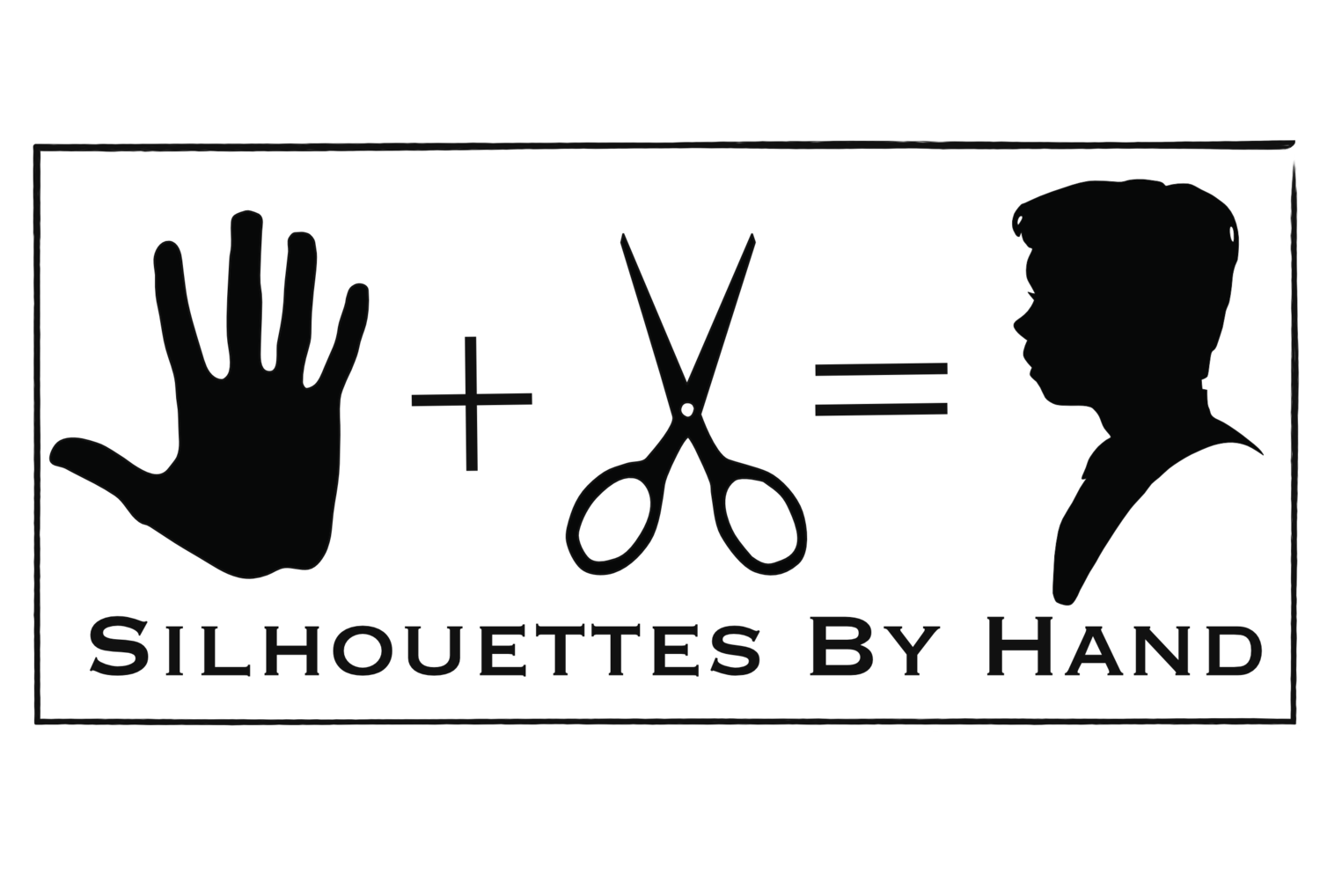History-Inspired Offerings
for Museums, Education and Arts facilities
Silhouettes By Hand specializes in fascinating discussion during silhouette portraiture. Your artist Lauren Muney has done painstaking research not only into the authentic clothing but also the history and cultural details of these many eras. Your museum and other educational facilities will be overjoyed with Silhouettes By Hand's presentation.
Member: AASLH, ALHFAM
Silhouettes' history is the history of modern life.
Please visit the History of Silhouettes overview to learn more about silhouettes in history.
Lauren Muney and Silhouettes By Hand specialize in presenting "living history", "experiential history" and demonstrating live for guests and visitors about this traditional, historical trade of silhouette portraiture. Silhouettes By Hand interprets silhouettes history, social, philosophical, and economic history during the silhouette-cutting experience with visitors and guests.
A peek into the past...
Here are a few images from events and locations over the past 10 years. Lauren is not a "reenactor", but an interpretation specialist. See more images on the Examples Page.
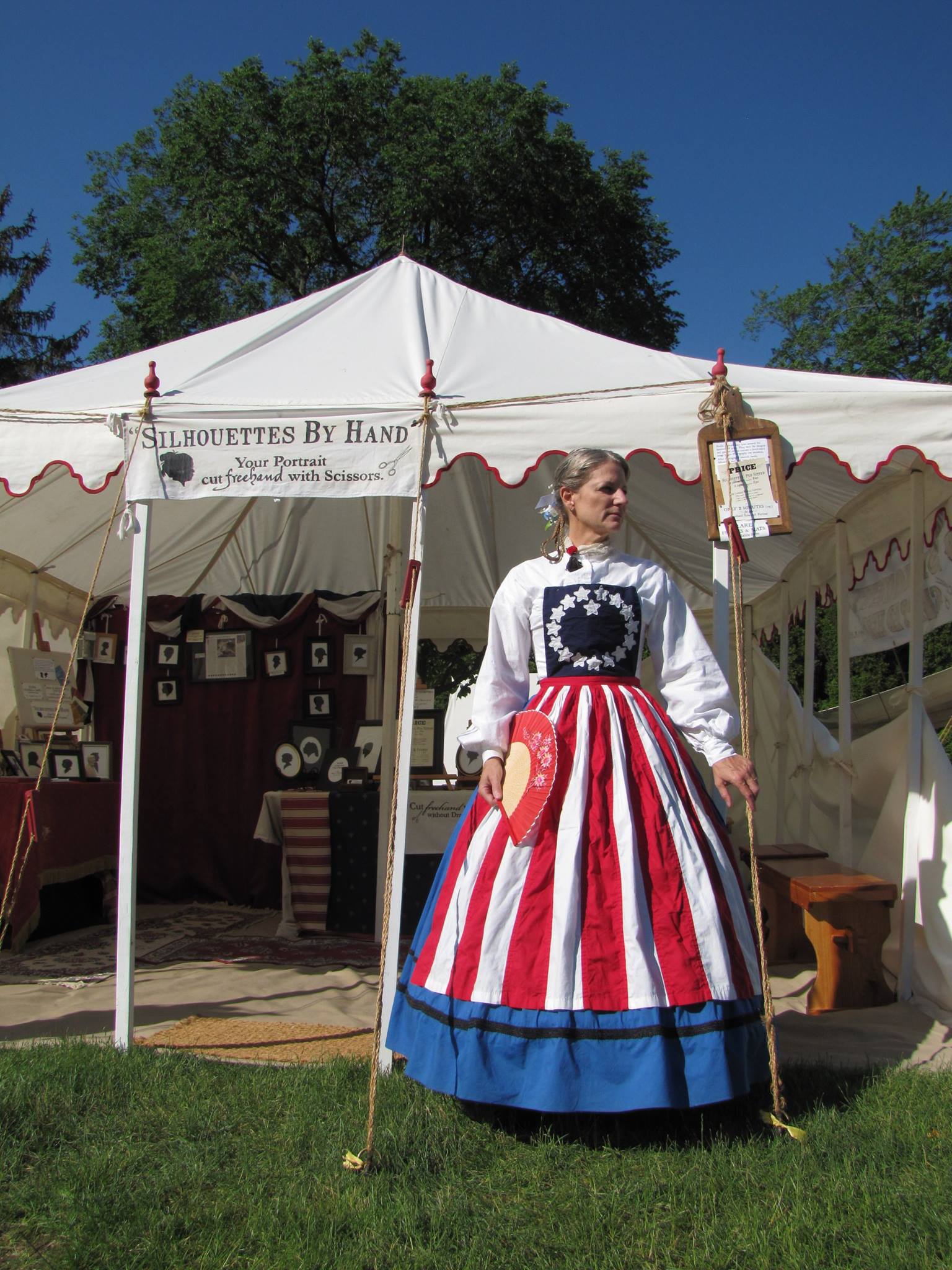
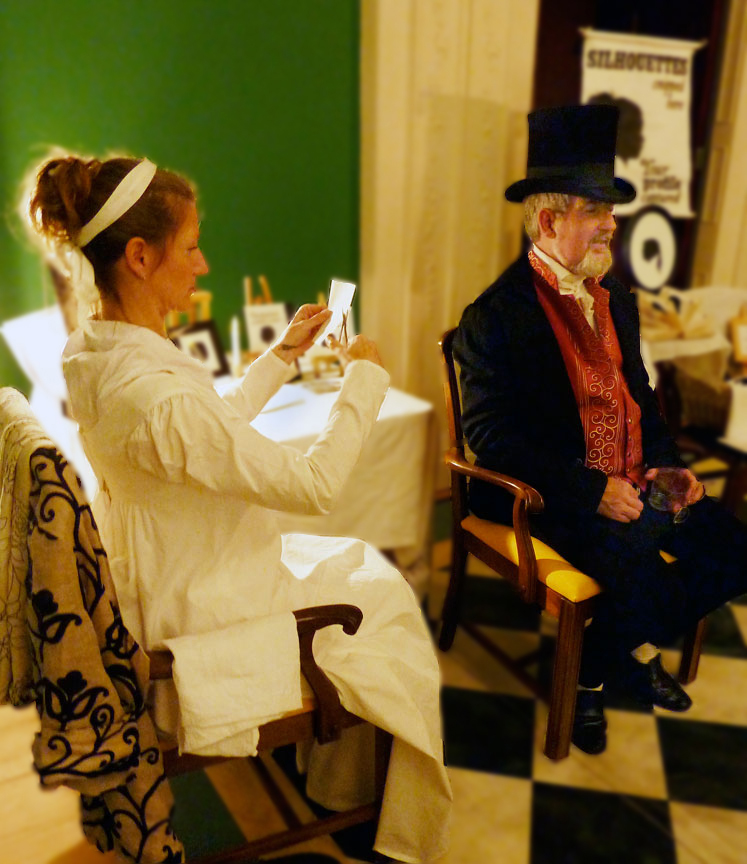
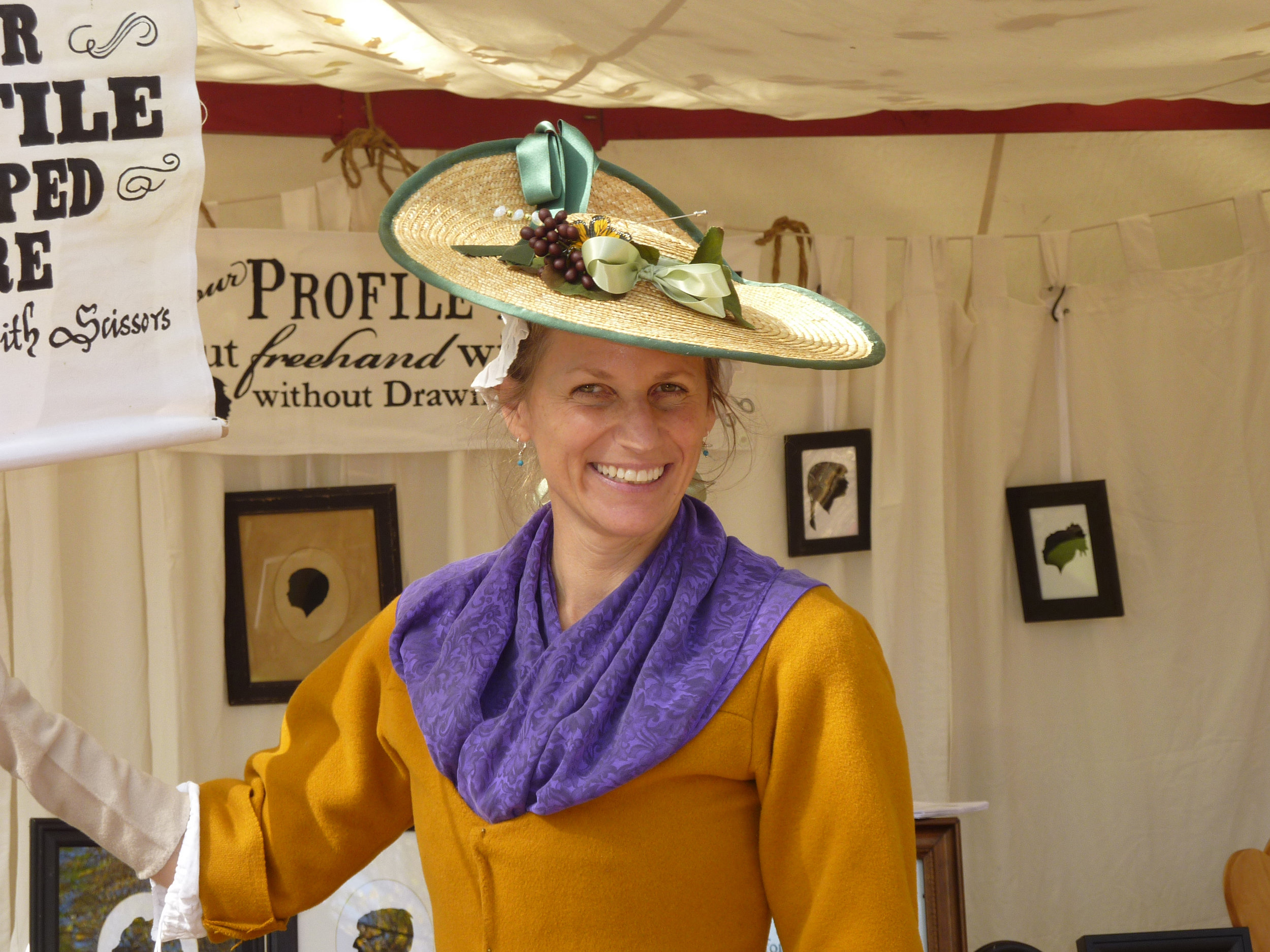
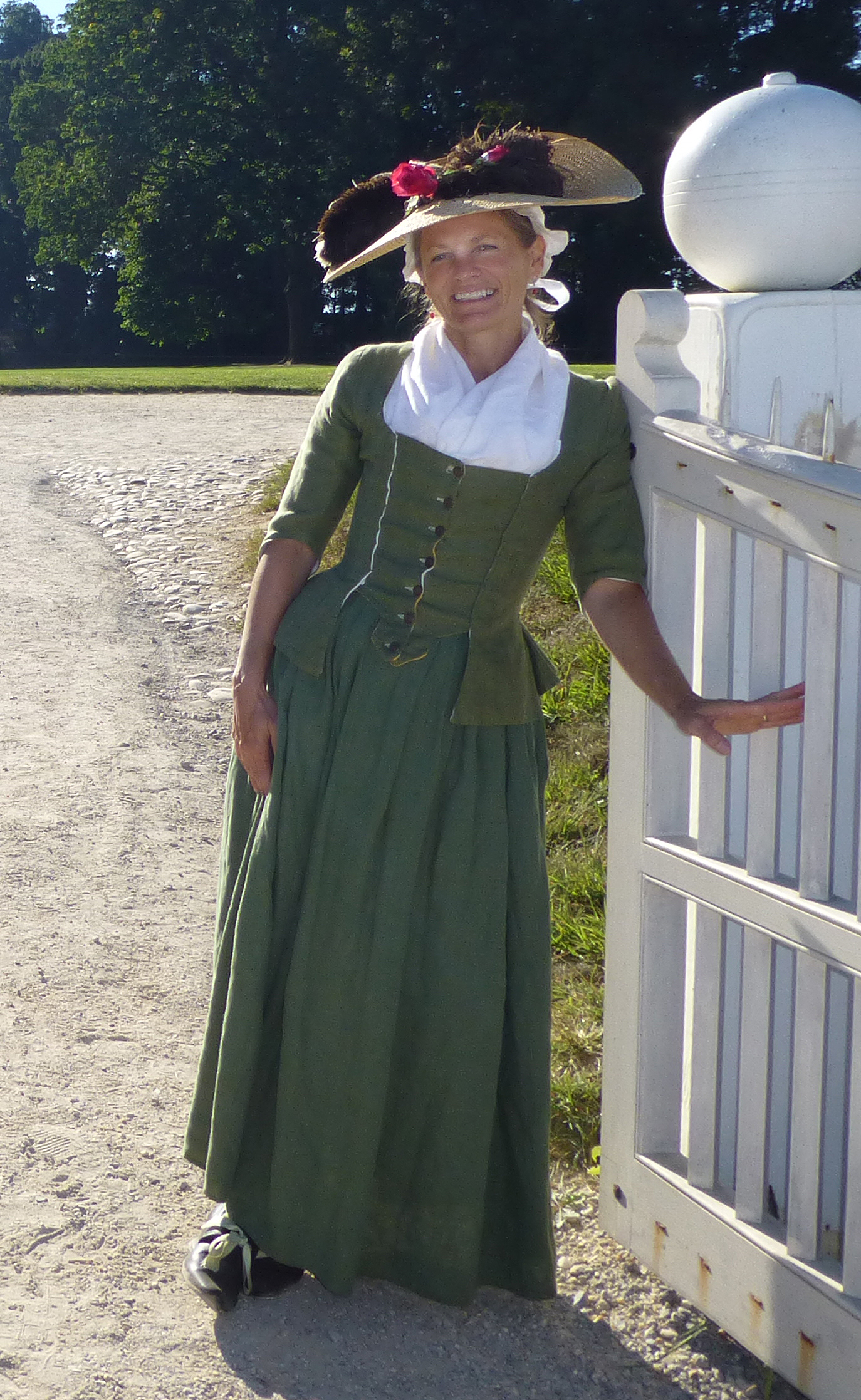

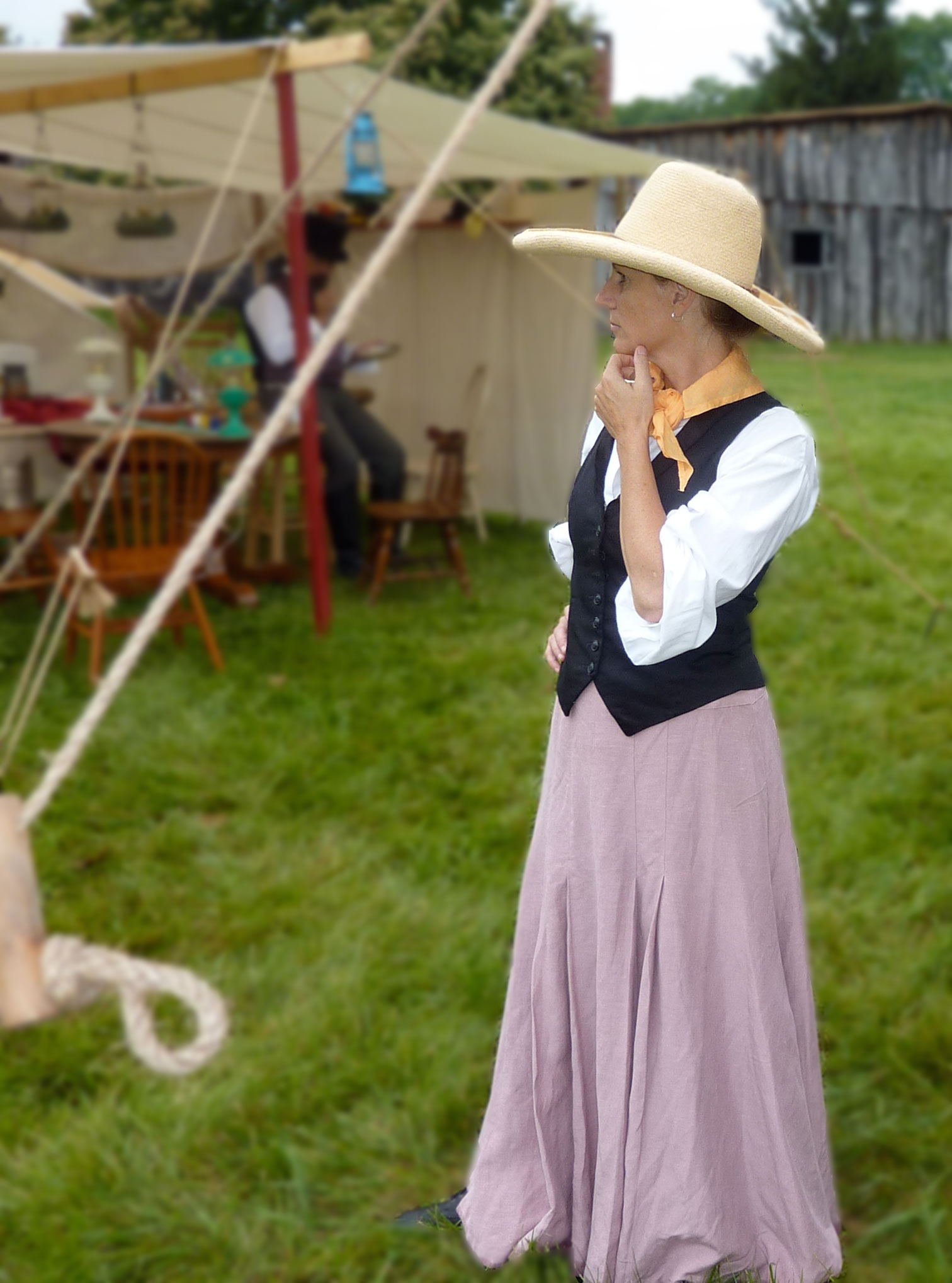
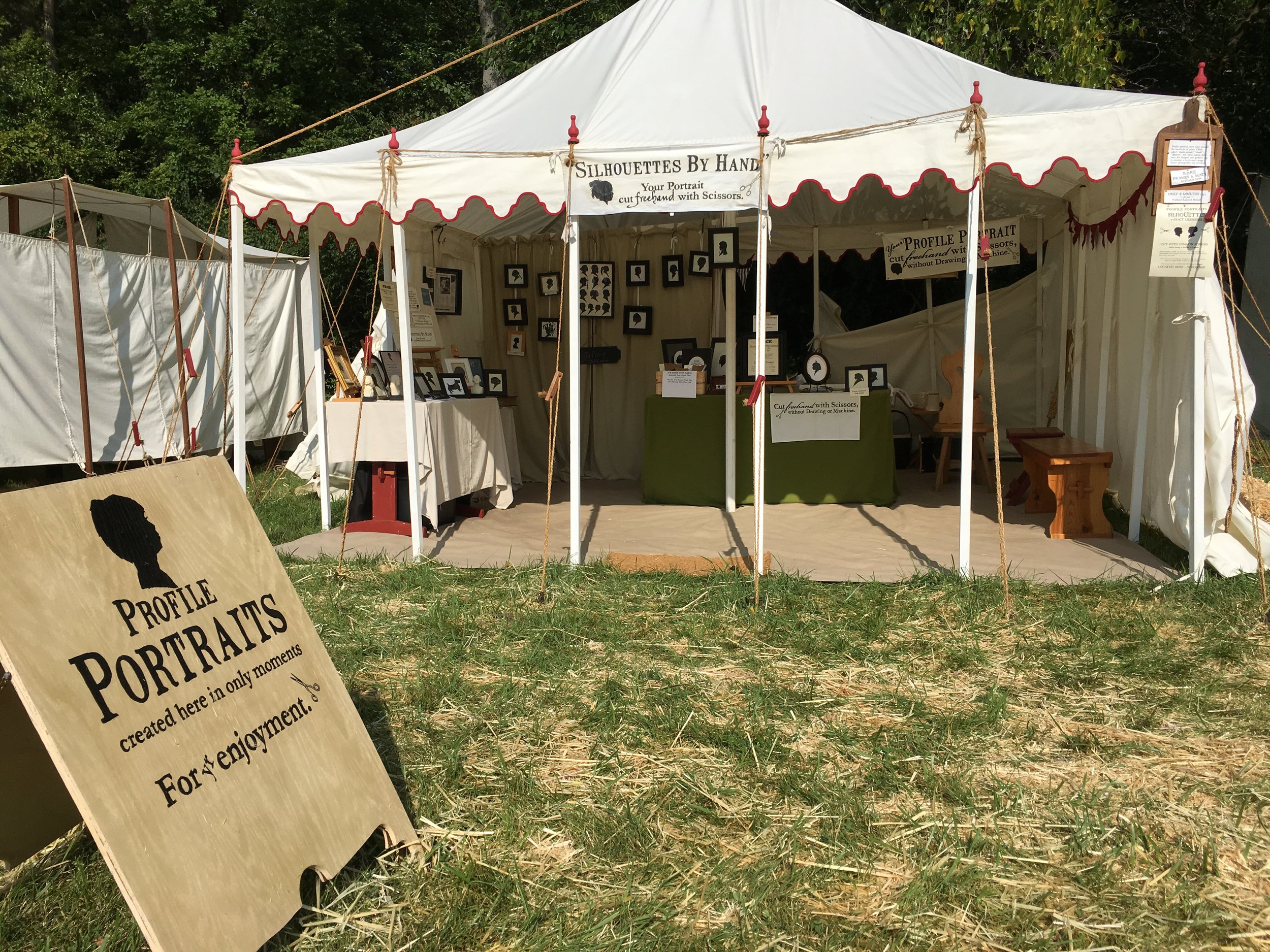
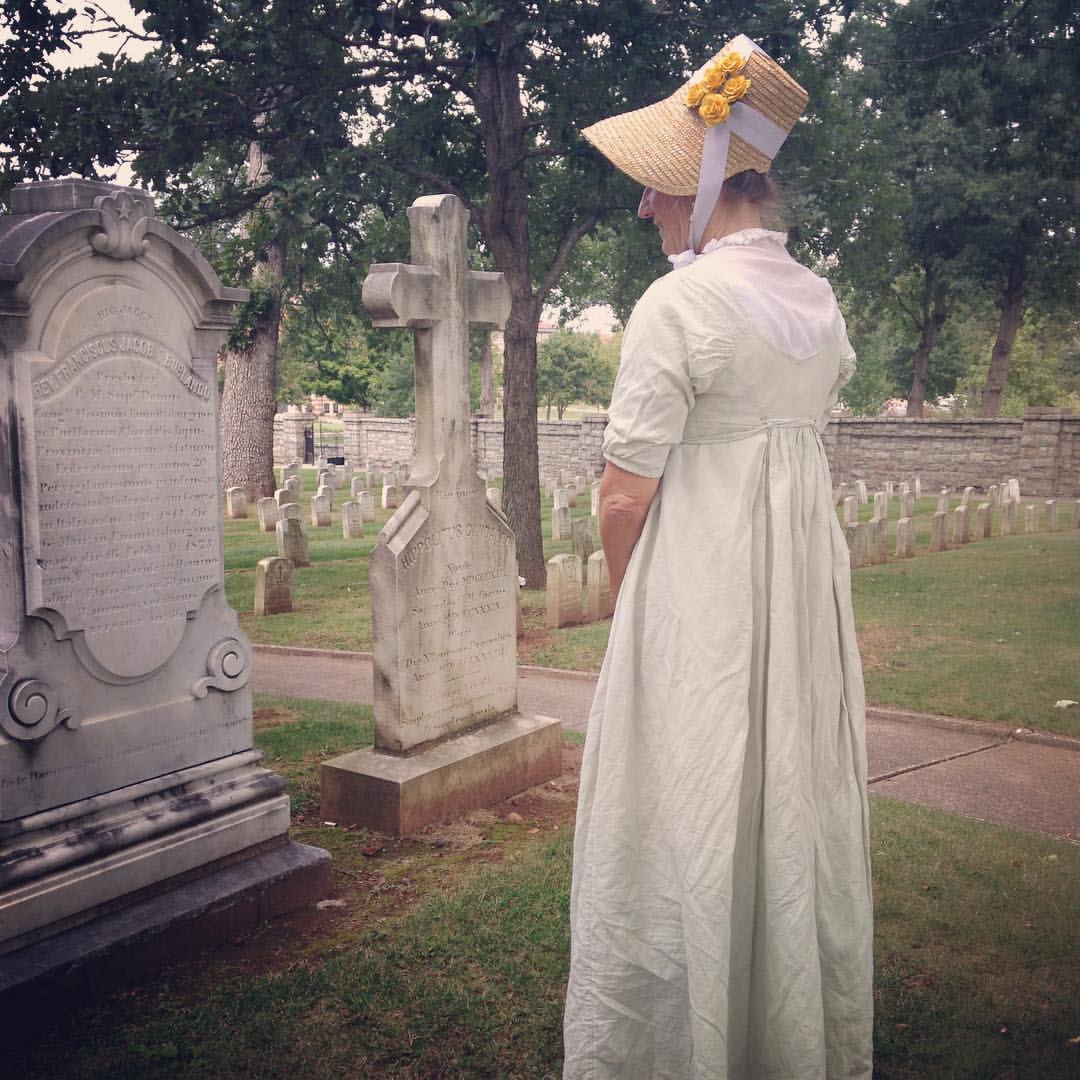
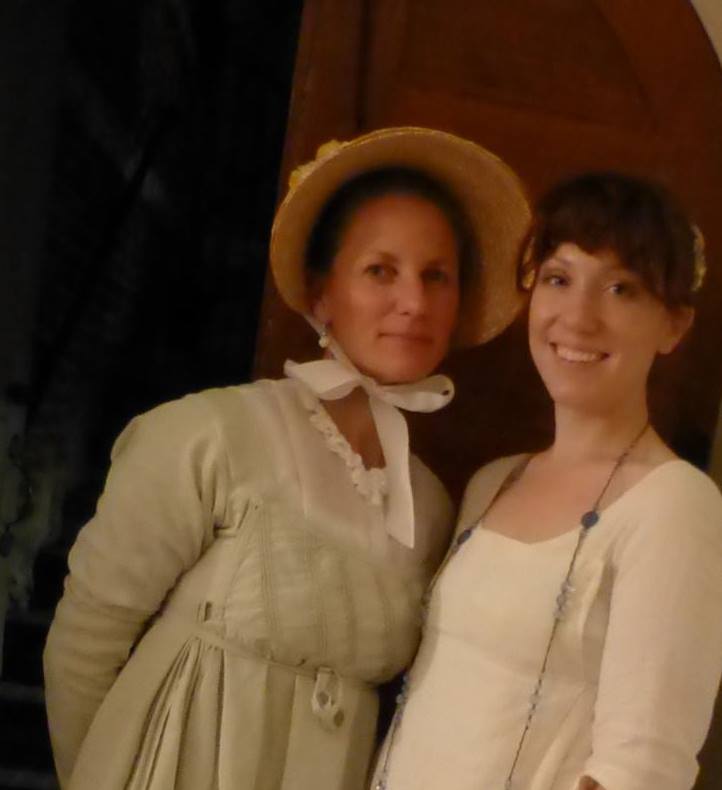
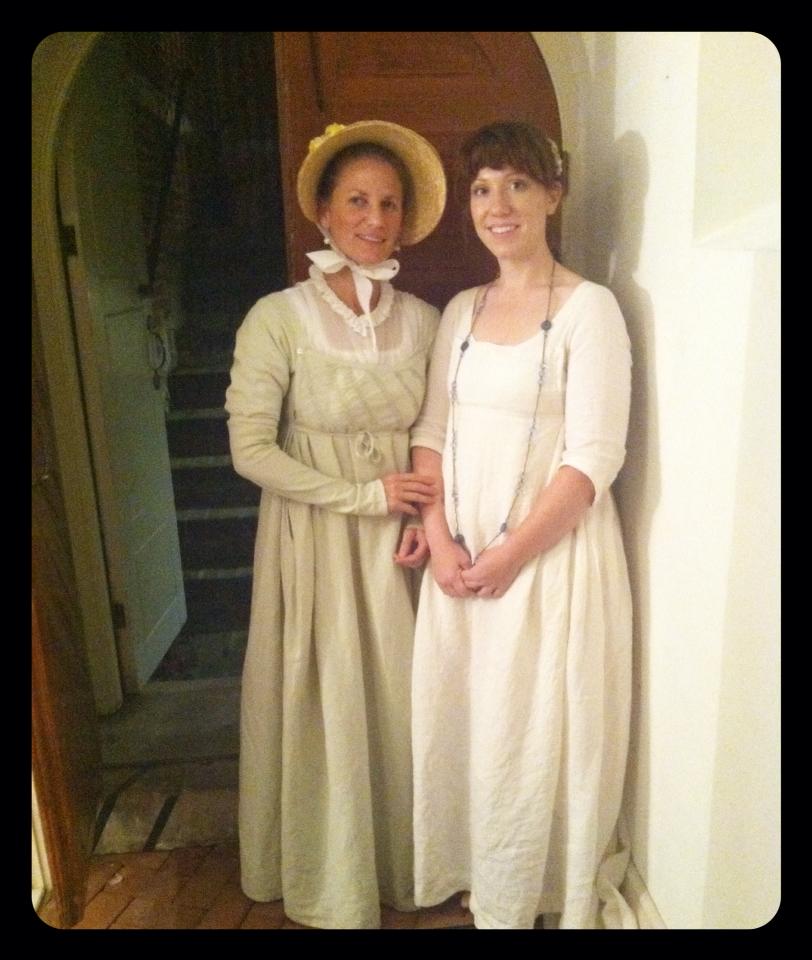
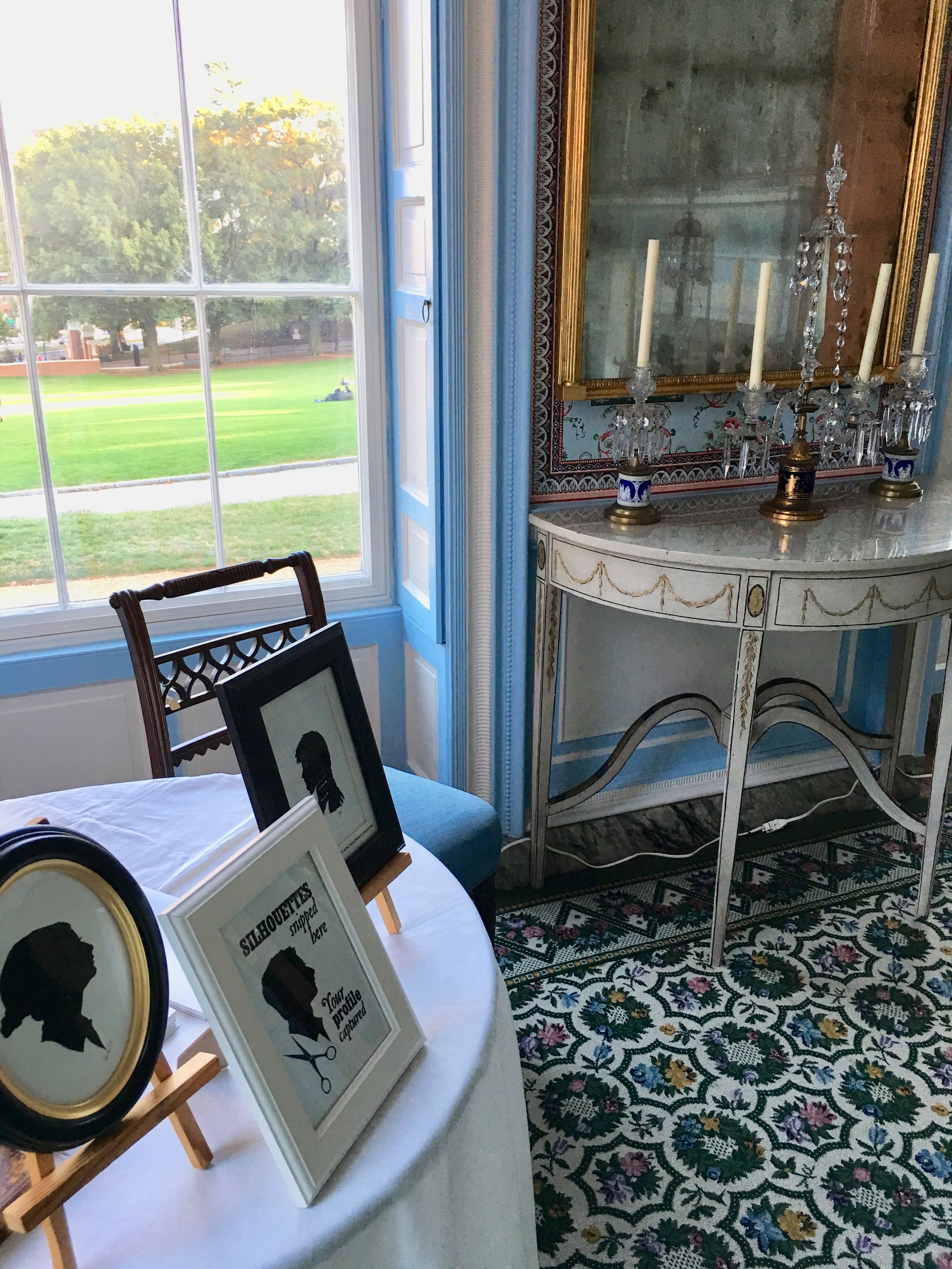
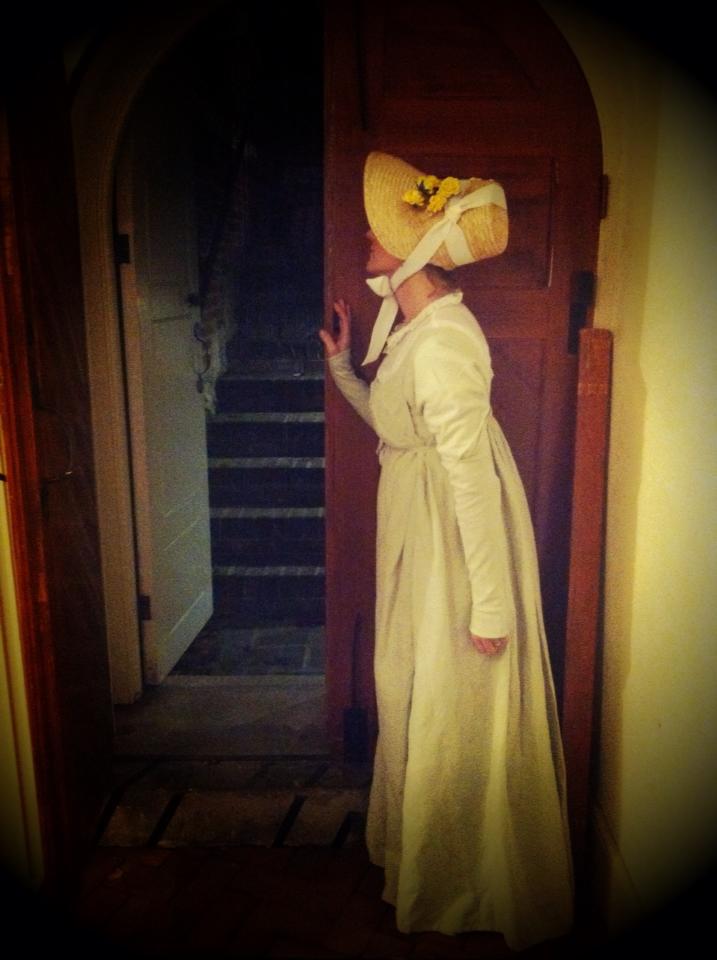
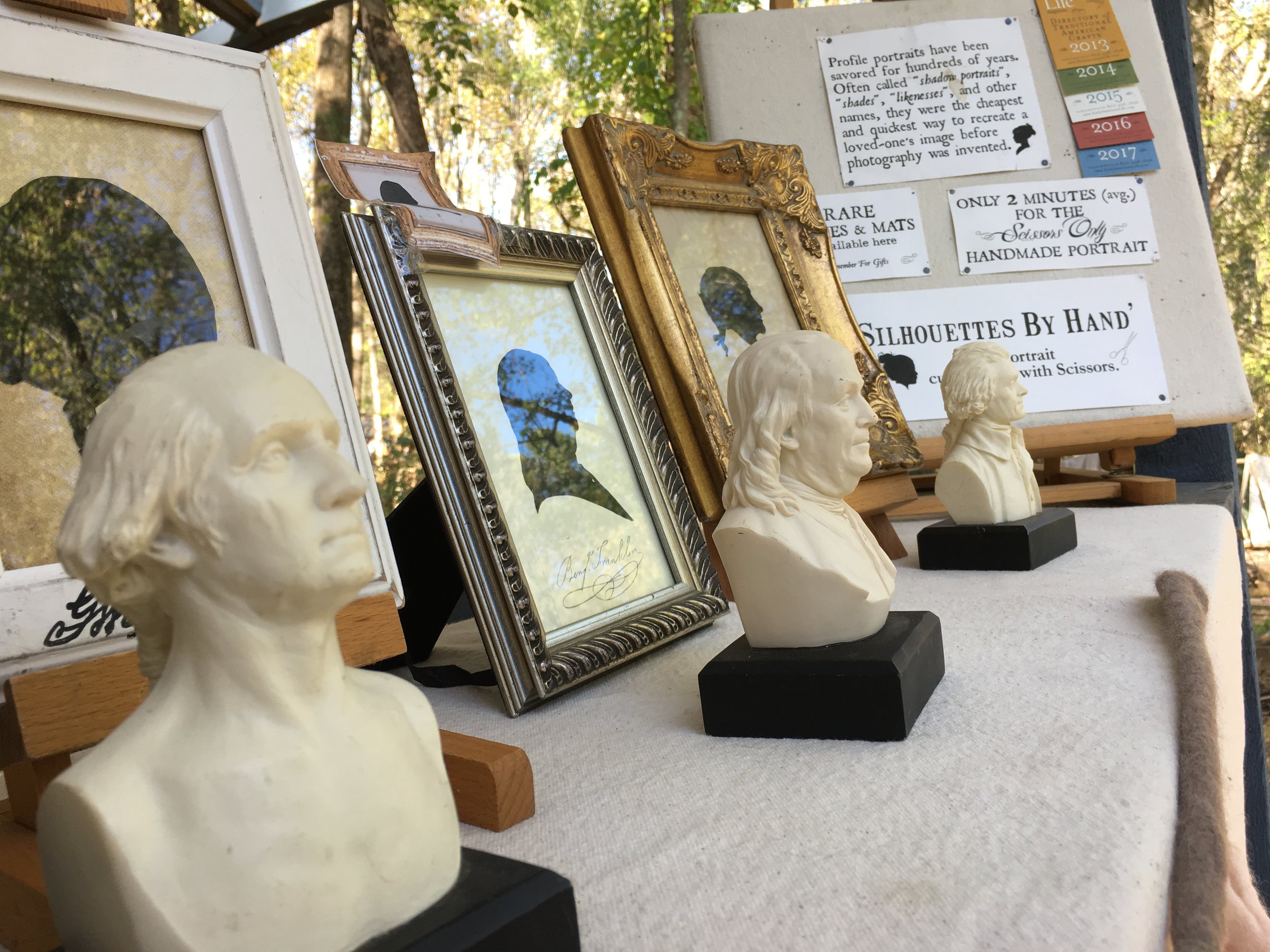
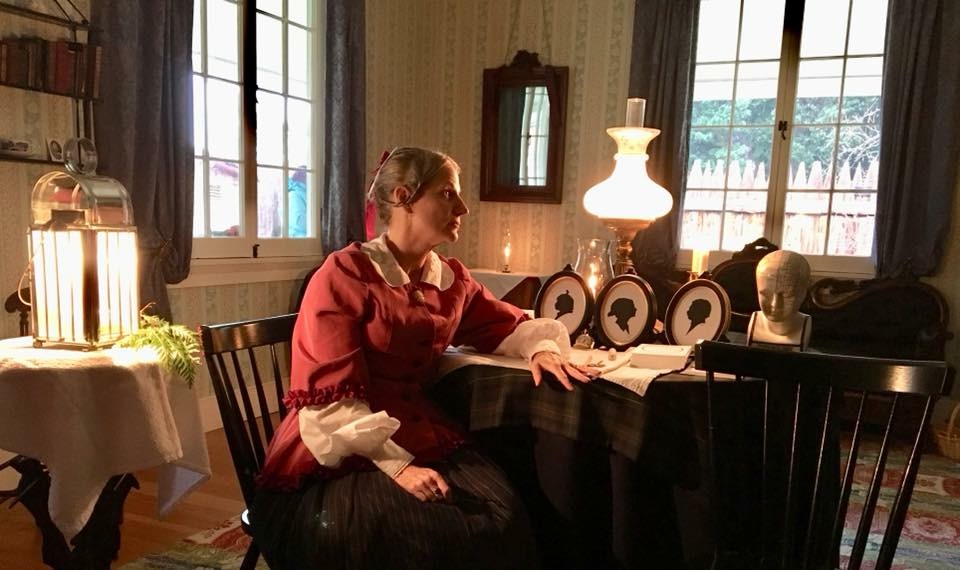
Booking Silhouettes by Hand into your event
To arrange for Silhouettes By Hand to come to your facility, use the Contact form to send your event details to receive a detailed written proposal. Your proposal will also contain a full description and custom-written history how silhouettes (and Silhouettes By Hand) fit into your theme.
“Your contributions to our event were very well received and we are glad to have had such a talented artist and presenter as a special element during Holiday Nights. We look forward to more opportunities ahead and thank you again for your warm presence and a wonderful show. ”
“We want want to also extend a huge thank you for the delightful program. We are so happy that you were able to come up to Philadelphia and our tiny (but mighty) museum to discuss the history and craft of silhouettes. The guests who attended left raving about the lecture and those who were lucky enough to get a silhouette were so captivated by the experience. ”
“We can’t thank you enough for bringing “Silhouettes By Hand” to our historic house and farm, creating such lasting memories for our visitors and volunteers. Your period-correct attire, wonderful manner with people of all ages and backgrounds, and masterful presentation of an art form perfect for the times we portray, made for a truly special Valentine’s Day program. The portraits were superb!”
“Your services and warm demeanor really increased the quality of [our 19th Century Christmas] event! ”
Living History
Lauren's favorite events to participate are living history facilities, "villages", and/or interactive history events, whereby the visitors can experience this traditional portraiture style - and feel like they have "been back in history" themselves.
While there are only a handful of traditional freehand silhouette artists in the United States and Canada, is is rare to find a silhouette artist who interprets history to the visitor at the same time, bringing the visitor closer with the heritage.
All educational or museum facilities can create a public program with Silhouettes By Hand. She is also available for specialty presentations for schools, museums and historical societies. Some example facilities are listed at the bottom of the Booking page.
Guest Benefits:
The guest receives a personal, interactive interpretative experience, focusing on that specific time period.
The guest sits for a freehand-scissored profile portrait, experiencing this historical portrait form in less than 3 minutes for the scissoring.
The guest, now a participant, connects deeper with the culture and feelings of the period, deeper than an observer's viewpoint.
The guest takes home his or her portrait to remember themselves 'time-traveling'.
The guest remembers their enjoyment of the facility and the event.
Museum/Facility Benefits:
The facility creates and develops a new event to capture the community's attention, imagination, and communication ("buzz"). This can entice new and returning visitors to the facility.
The community and guests who visit the silhouette 'station' (and presentations) are enveloped in deeper interactivity than traditional interpretative tours.
Good-publicizing facilities can (and should) create a media event before, during, and after the silhouettes visit, increasing publicity and increasing revenue.
Silhouette portrait keepsakes connect the visitor to the facility, both in the visior's home and in networking with friends and loved ones.
Grants can pay for this visit, whether for Traveling Artist (Visual or Performance), or Humanities grants
Lauren Muney is shown here presenting at the American Philosophical Society in Philadelphia, PA, in coordination with their exhibit "Curious Revolutionaries" (2017)
Presentations:
Lauren Muney can present on the history of silhouettes, using historical images, stories, and humor. This presentation runs approximately 30-40 mins. This presentation can include silhouette portraiture afterwards.
Physiognomy ("reading" personality from facial features):
Physiognomy was popular for thousands of years before real science overtook the belief "sciences". Lauren can present Physiognomy in a casual or even a group format. Read more in this page.
Specialty Offerings:
Please use the Contact Form if you are interested in these specialty programs.
Time Periods (scroll down):
Colonial, into Revolutionary (1730-1780s):
During the mid- to late 1700s, this era featured the growth of the United States, Canada, and the continuing expansion of the English reach. Authentic clothing includes correct natural fibers, period-correct undergarments such as stays, stockings, period-correct shoes, and hats. The people ranged from rustic to rich, and the attitudes, objects, and clothing reflected the variations in the culture.
The wealthy (“better sort”) had portraits painted, the small middle class (“middling sort”) could only afford silhouettes as portraits, while the poor class (“lowest sort”) could afford nothing but bare subsistence.
Traveling artists would create demand for their services by placing ads in newspapers or posting broadsides in advance of their arrival into towns. The main locations for silhouette services seemed to be at the place of accommodations (often a tavern).
Federal and Regency, into War of 1812 (1790-1815)
This was the real self-discovery of the new United States, and a period of decadence (not to mention confusion) in Britain. The American government sought to define itself and also to understand its place in the world. During this English Regency and American Federal periods, women’s clothing featured high waistlines, long “column” dresses, and bonnets or hair buns – a reflection of the “rediscovery” of the Greek and Roman culture, “neoclassicism”.
It is during this period that silhouettes had their most favored status, due to the excitement of physiognomy (determining character by facial features), and possibly the new commercial options due to expanded trade routes, American self-reliance, and new inventions.
It was during this era that face-tracing machines (physionotrace devices) were invented, patented, and became favored for silhouettes due to their newfangled machine appeal. Physionotrace operators vied with one another for public attention and profit.
True artists with machines could make a name for themselves but only if their resulting product reached the correct social strata.
Antebellum, Victorian, and Industrial Revolution (1830-1900 )
The names of this era become a little confusing because the Victorian period extended for over 60 years. This was an era of new industrial developments, social improvements, and even new home improvements. The people went through boom and bust periods. Photography became less expensive as this era moved forward, becoming less novelty and more commonplace - and less expensive than its early days.
During these eras, which can loosely be described from around 1830 well into the early 1900s, show some of the most romantic and iconic women’s clothing: varying widths of sleeves and skirts, enlarging petticoats and hoops, dropping waistlines, new booties, corsets, hats or bonnets, and tucked hair.
Photography was invented during time period, although it was still in limited use until it became more inexpensive towards the latter 19th century; silhouettes were waning for common people for many reasons. During these decades, Harvest and other community Fairs have great enthusiasm and importance for silhouettes, upkeeping this now-familiar tradition with the more rural communities.
American Civil War (1861-1865)
There were many social and economic impacts throughout the United States during this time, deeply shown by the rift of the war. However, not every continent was burdened by a major war; many countries were enjoying growth and development during this era.
During this era photography was introduced to the public in a broader way, thanks to the traveling photographers who took photos before and after the battles.
During this era,women’s clothing featured full hoops and yards of fabric, bonnet and hats, and sometimes there was a stark difference between the rich and poor. Bodies were quite covered while people struggled to cover ‘rudeness’.
Opening of the West (1870-1880)
The American West brings both cowboys and “fancy folks” looking to enjoy the benefits of the new opportunities. There was a vast excitement in traveling, moving West, creating new ideas and cities.The frontier was open to those willing to do hard work under difficult circumstances.
Silhouettes were on the wane, but not lost entirely - there were still seen at agricultural fairs and other rural social occasions.
“Steampunk” (1870-1880)
The “Steampunk” era (think: Jules Verne stories and inventions) imagines a time when steam created all engines towards a modern time-journey; Victorian design combines with science fiction.
Turn of the century (1900-)
The new century was very exciting, both to celebrate the new and to be nostalgic about the old. While some people embrace new inventions such as the automobile, others look backward at the ‘old style’ handmade artist work.
Modern Day (now)
In today’s busy world, black tie or other festive dress can be a entertaining as a set of clothing from the past. Classic vests, bowtie, flirty skirts or designer dresses – most modern theme requests can easily be accommodated, showing off this classic portrait form to delighted visitors and guests.
Drygoods shop at Genesee Valley County Village and Museum
